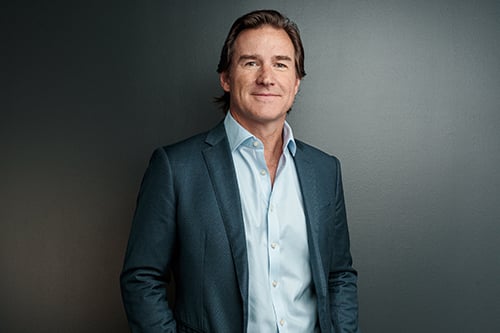As companies prep to rebuild the office in anticipation of return, employees may be coming back to a remodel that’s something out of the future

The workplace is being reimagined to include more square footage per person, plexiglass dividers, and hybrid work from home and office structures and schedules, in order to conform to new health and safety regulations that will no doubt be a big part of re-entry plans across the globe. But what role will technology play, as companies look to reduce contamination on high touch surfaces?
Prior to COVID-19, common contactless technology might have extended to auto sensor doors, faucets and soap dispensers, but JLL, commercial real estate services company, says this crisis will likely accelerate the use of multi-use swipe cards, stylus pens for touch screens and even voice recognition technology, in order to reduce the number of surface which need to be cleaned regularly.
There is one obvious challenge to turning an office space into a futuristic, touchless space: it’s expensive.
“Contactless technology, significant architectural changes to offices and even furniture, fixtures and equipment (FF&E) are all capital intensive,” said Breather CEO Bryan Murphy. “A timeline on when a vaccine is produced and scaled will determine the return to office for many, as well as govern thinking around capital expenditures.”
Breather, a private, flexible workspace provider with over 500 spaces across North America and London, already has contactless unlocking capabilities through their mobile app at many of their locations. Murphy says they are looking to expand the capabilities of this feature and will prioritize contactless features on faucets, doors and other high touch areas going forward.
“This is going to bring awareness to new health and safety standards and companies will be making judicious enhancements, including contactless tech in the office,” he added.
For now, Murphy recommends that organizations focus on design that encourages social distancing, operational changes like making sure cleaning regimes are to CDC guidelines, and FF&E, which should include HVAC and filtration system maintenance. There will be a challenge going forward, he says, finding a balance between investing in designing offices to quell fears around COVID-19 but also keeping long-term efficiency in mind as well.
More changes to come
“Every single company I talk to is a reassessing their office needs,” said Murphy. “None want to sign a traditional long-term lease right now, due to uncertainty in the economy, and the real possibility of a portion of the workforce continuing to work from home indefinitely.”
What is likely to come from this is a hub and spoke model, where instead of one large location in a dense urban area, headquarters aka the hub will shrink and a number of smaller, satellite offices will be located in suburban areas, reducing commuting for some workers and also reducing health risks by lowering the density of people in one office space.
“Big corporate campuses and even coworking spaces are not as attractive anymore because of the exposure,” said Murphy. “Some companies are looking to ditch their permanent office altogether and have considered renting ‘breathers’ once a week for team meetings or client presentations.”
From a commercial real estate perspective, he expects that this hub-and-spoke model will become more popular and could also see smaller spaces in smaller communities become more popular.
“The average cost of office space in New York City is almost $15,000 per person. If companies can cut down the size of their space and allow employees to work from home 1 to 3 days a week, it’s a win-win,” said Murphy.



